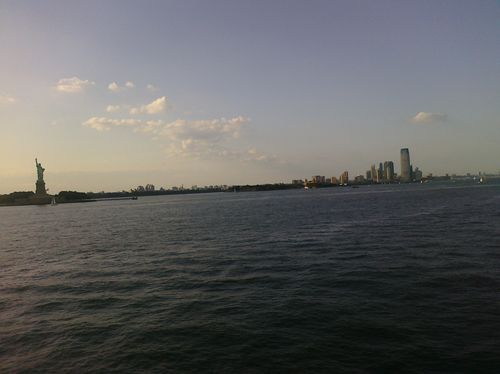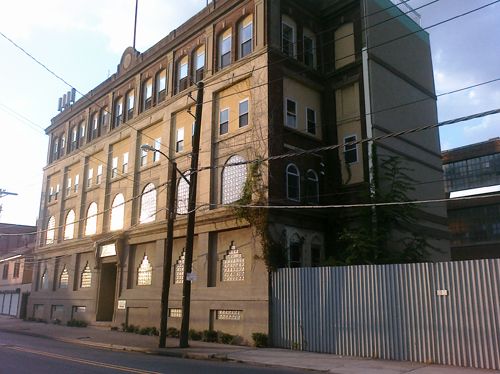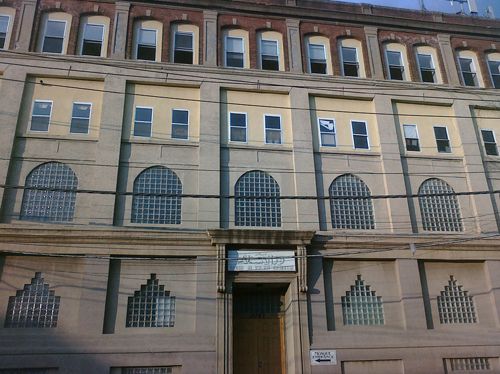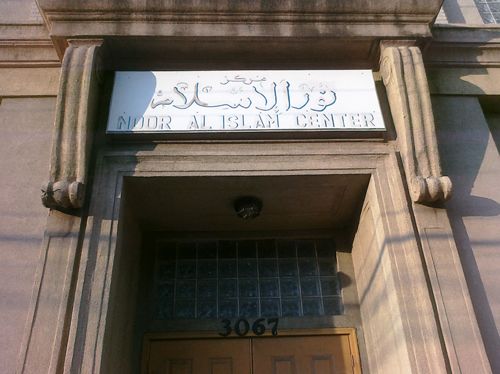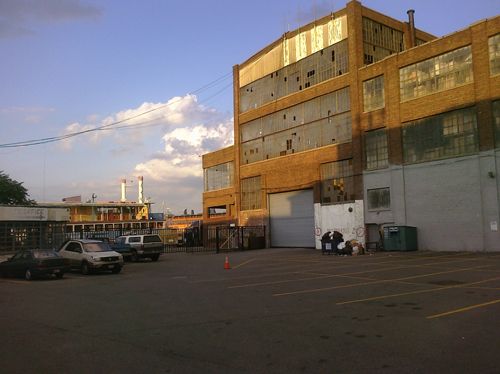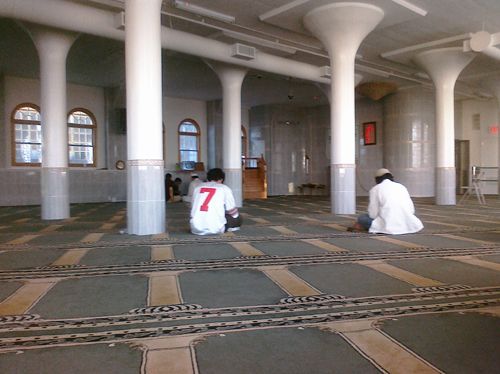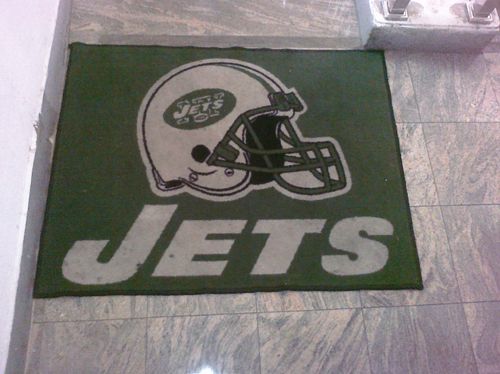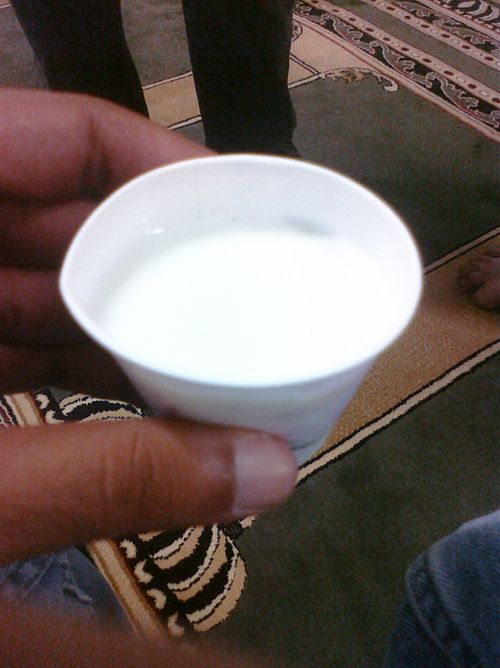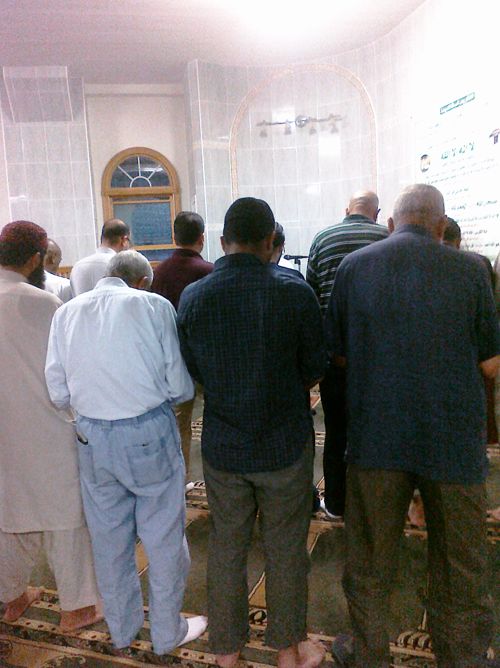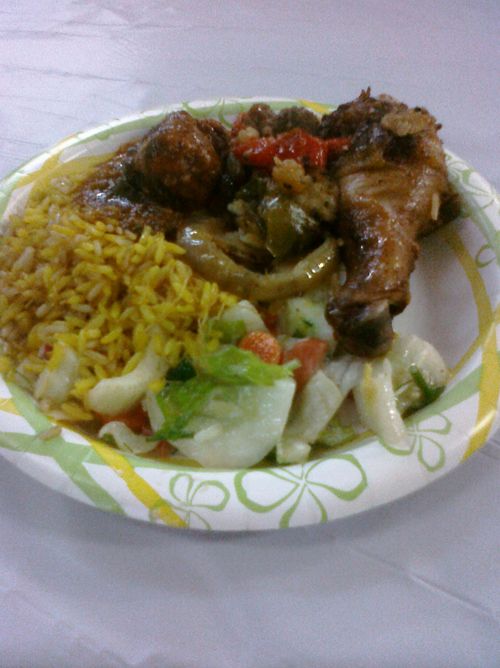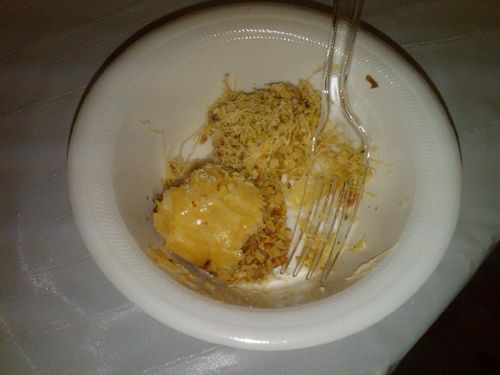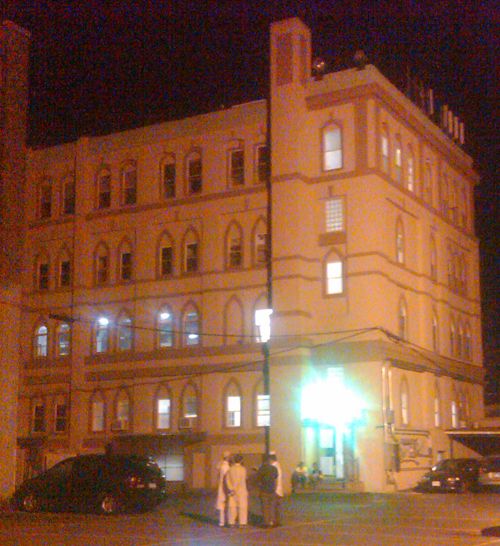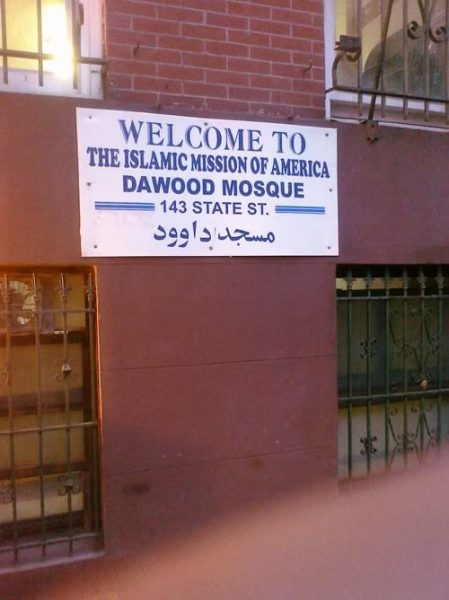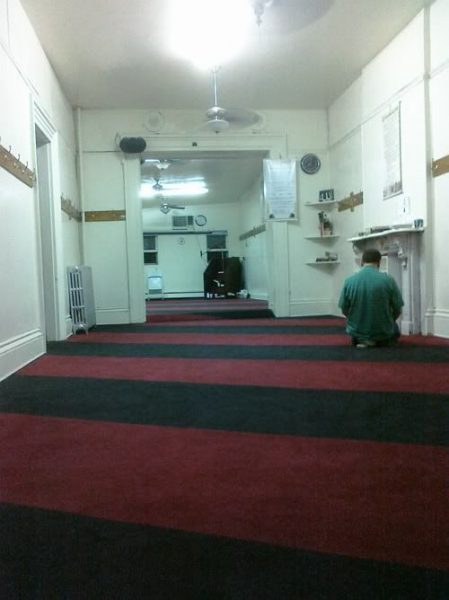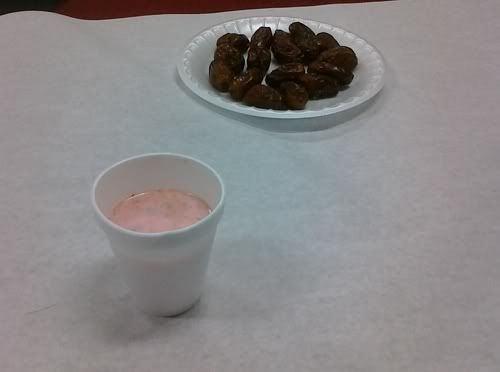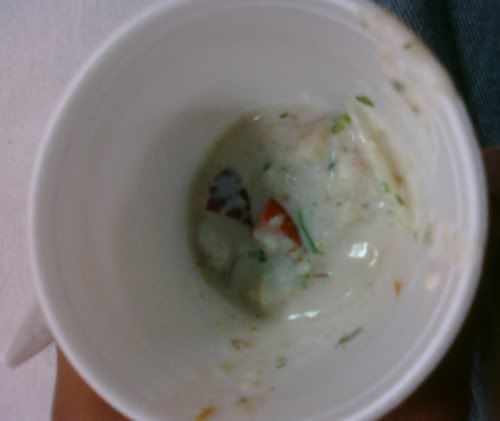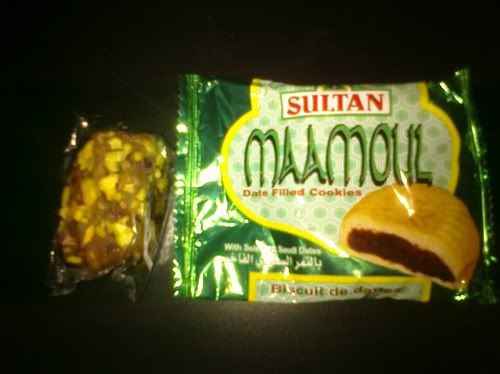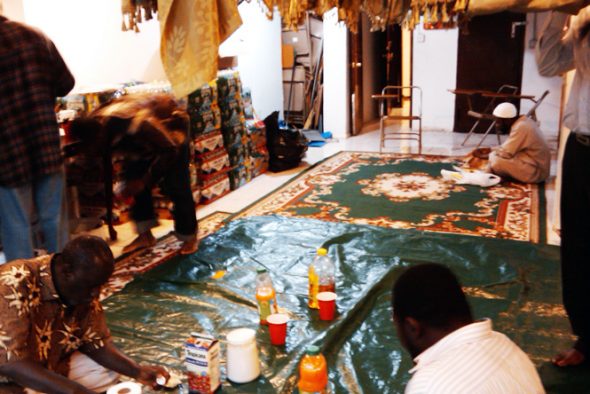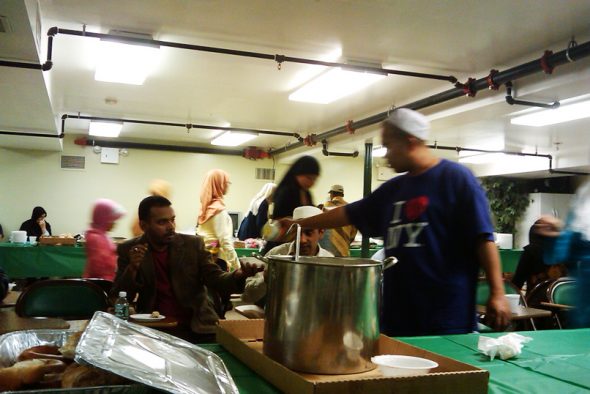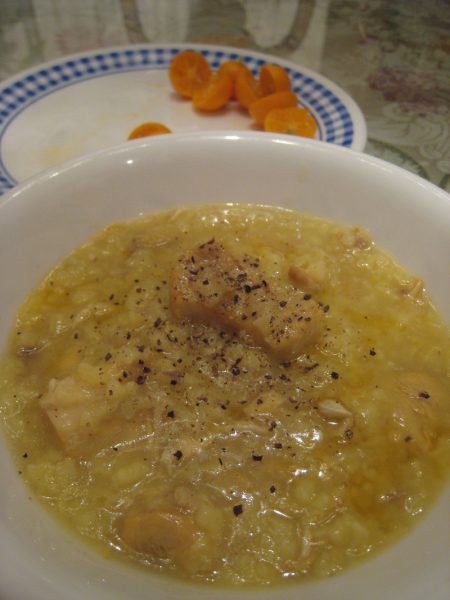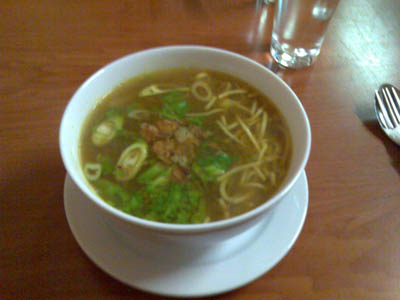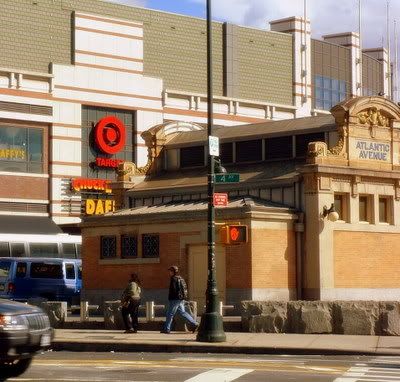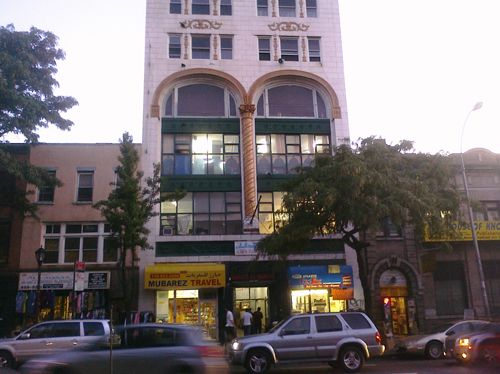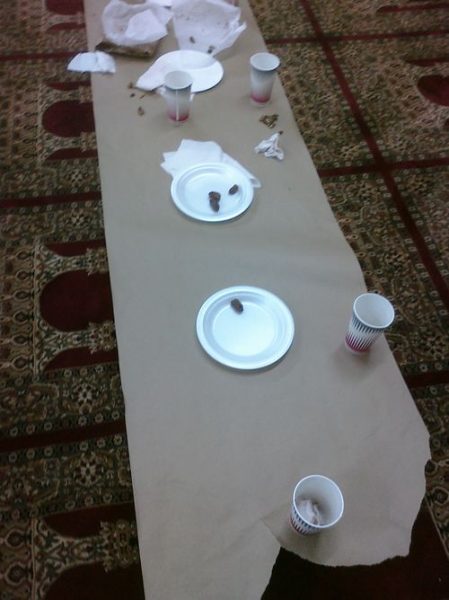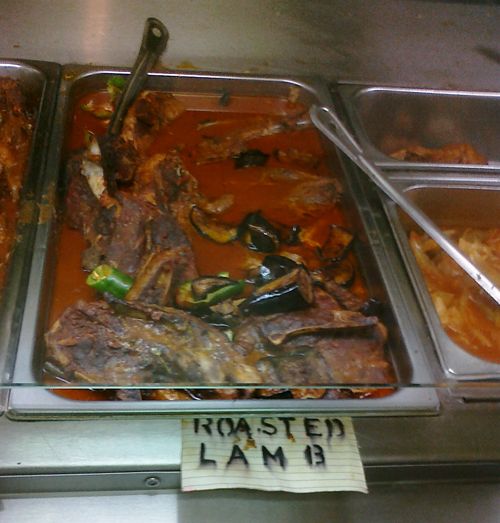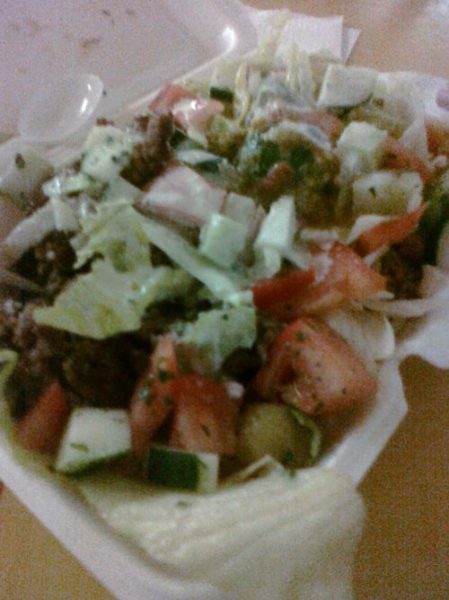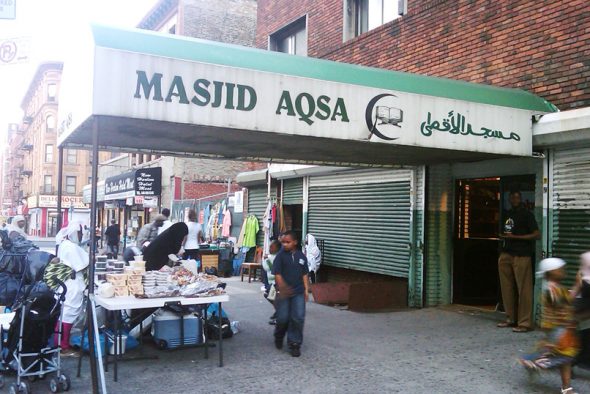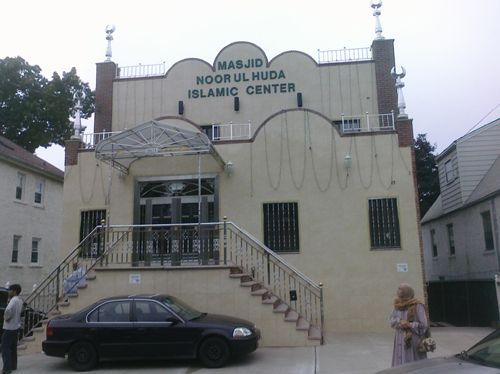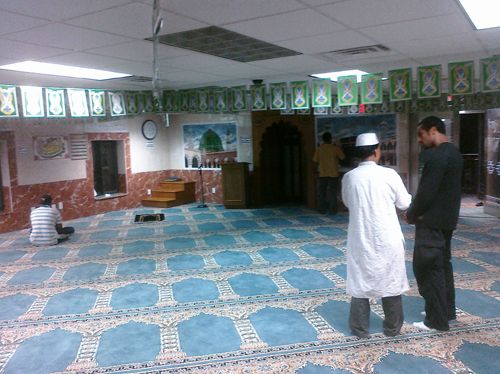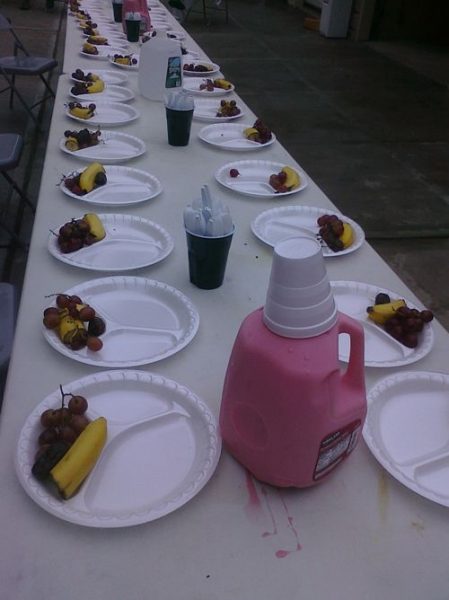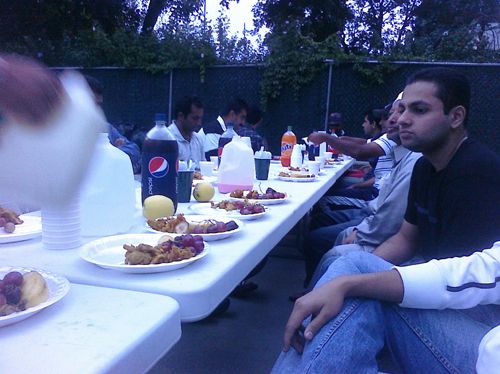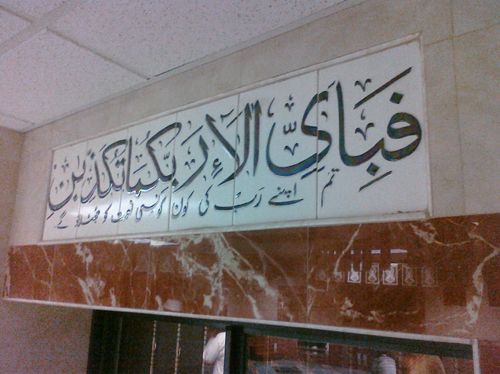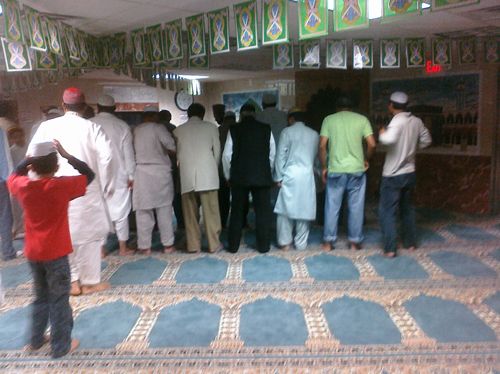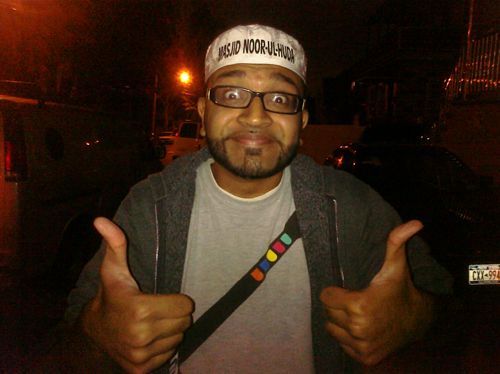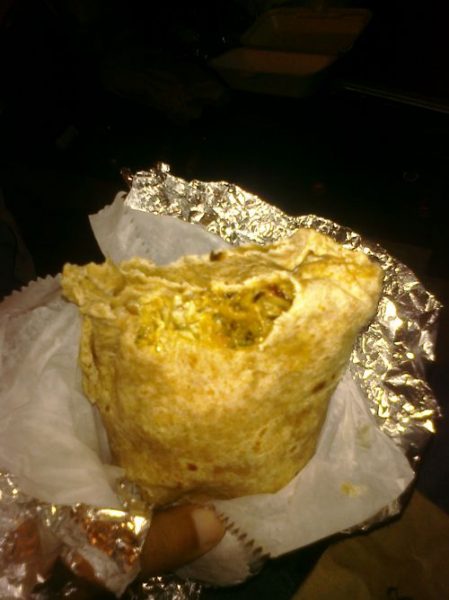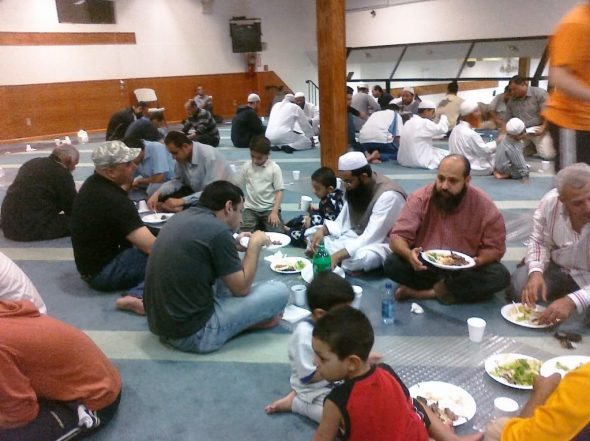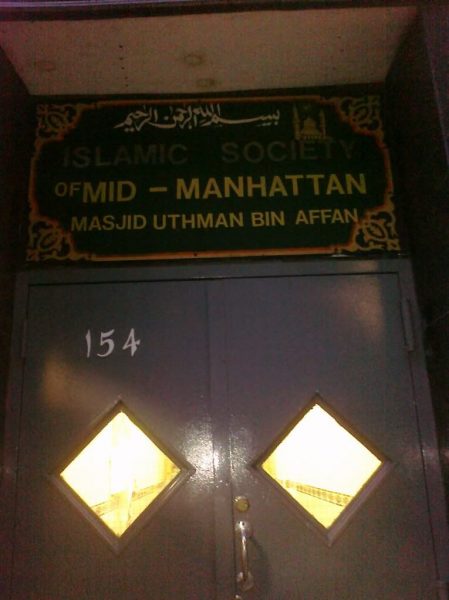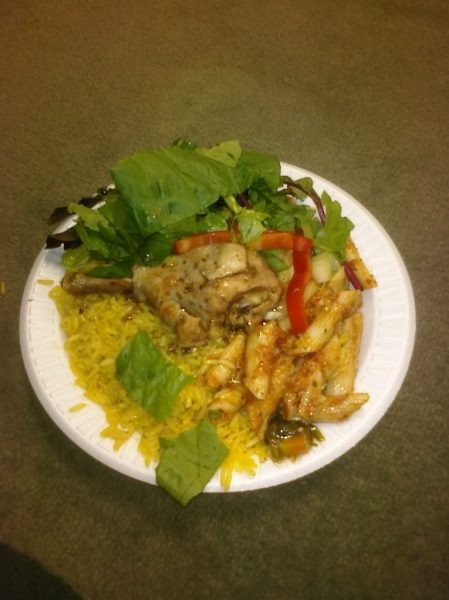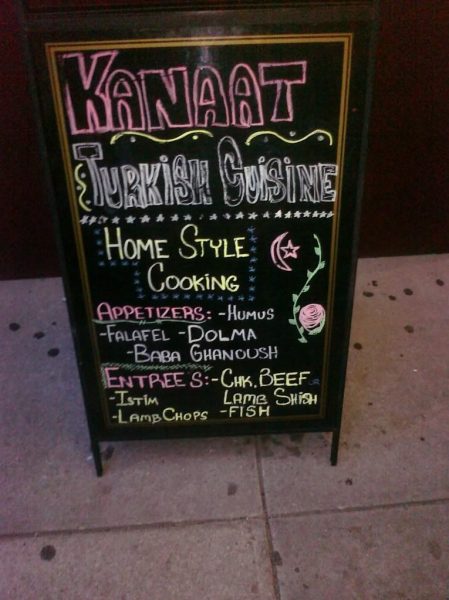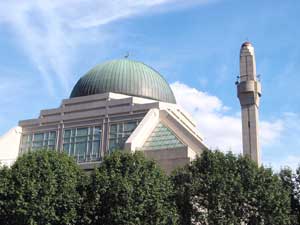Today Bassam and I were joined by our good friend Omar Mullick as we went into the south Bronx to check out the Mount Hope Masjid. This is a congregation of primarily West Africans. One of the people that talked to us said most of the people are from s Togo and Ghana. He said the two countries’ cultures are similar, comparing them to the similarities between New York and New Jersey.
http://bassamtariq.com/30days/hope/masjid.jpg
What makes this place beautiful is the community involvement. In many mosques, generally it is a small handful of tireless volunteers that provide food for everyone. But in this case, it seemed like every single person contributed. As soon as you walk into the mosque, you see a sign up sheet where everyone volunteers to provide food to break the fast.
http://bassamtariq.com/30days/hope/chart.jpg
We sat down on a floor covered in tarp in the dining room and watched as floods of people came bringing in food. Each of them provided an item or two to help create a full fledged hearty meal to break our fast. The food in front of us was a plate of dates, watermelon and some corn bread.
http://bassamtariq.com/30days/hope/food.jpg
There was a guy at the table serving this soup out of a huge Igloo cooler. It was a sweetened maize soup. Think of hot apple sauce with small pieces of cornbread in it. Fantastic would only be describing the soup’s taste lightly.
http://bassamtariq.com/30days/hope/soup.jpg
There were a lot of people there that were amazingly friendly. Most of the foods there such as the soup and other dishes were foreign to us, but given how friendly the atmosphere was, you couldn’t help but just jump in headfirst and really enjoy yourself.
http://bassamtariq.com/30days/hope/oldman.jpg
http://bassamtariq.com/30days/hope/iftaar.jpg
We then went downstairs to pray. The imam of the mosque is from Guyana.
http://bassamtariq.com/30days/hope/maghrib.jpg
After prayer, we ended up going to this vegetarian Indian restaurant on Curry Hill in Manhattan called Tiffin Wallah. The food was phenomenal. The three of us each ordered Mysore Masala dosas. The best way I can describe it is a enormous crepe and inside are spiced potatoes and peas. You then dip it into those lentil soups on the right.
http://bassamtariq.com/30days/hope/dosa.jpg
The food was great no doubt. But after we ate, I kind of really wished we ate dinner at the mosque. As we were leaving the mosque, they were serving large plates of rice and catfish. It made me think long and hard about my dad. My father is on temporary business overseas and is all alone for the time being until his job finishes. So he eagerly asks me to always send him any kind of project I’m working on just so he can pretend he’s there with me witnessing it happen.
I kind of wish I had catfish tonight because I know how much he likes it.
